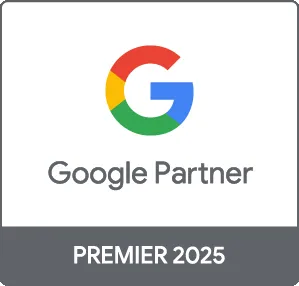Introduction to Digital Marketing for Designers
Digital marketing for designers is critical in today's competitive landscape. As a designer, you must effectively promote your work through various online channels to reach potential clients and showcase your talents. In this guide, we will explore actionable strategies to enhance your digital marketing efforts, ensuring you can successfully attract, engage, and convert your target audience.
Understanding the Importance of Digital Marketing
With approximately
Key Digital Marketing Channels for Designers
- Social Media: Platforms like Instagram, Pinterest, and LinkedIn can showcase your design work, allowing you to create a visual portfolio.
- Email Marketing: A well-curated email list can help you stay connected with clients and keep them informed about your latest projects.
- Content Marketing: Blogging about design trends and providing valuable resources can position you as an authority in the design industry.
- Search Engine Optimization (SEO): Optimizing your website to rank higher in search engines can drive organic traffic to your portfolio.
- Online Advertising: Utilizing platforms like Google Ads or Facebook Ads can target specific audiences, ensuring your work reaches those interested in design services.
Creating a Compelling Design Portfolio
Your portfolio is one of the most critical components of your digital marketing strategy. Here are some tips to create a compelling portfolio:
- Choose Your Best Work: Curate a selection of your best projects that showcase your range and expertise.
- Use High-Quality Images: Ensure all visuals are sharp and well-presented, highlighting your design skills effectively.
- Include Case Studies: Describe the process behind your projects, discussing challenges faced and solutions implemented.
Leveraging SEO for Your Portfolio
Implementing effective SEO strategies can help potential clients find your portfolio. Consider the following:
- Keyword Research: Identify relevant keywords such as "graphic designer South Africa" to use throughout your website.
- On-Page Optimization: Optimize your website content, meta descriptions, and image alt tags.
- Backlinks: Build relationships with design blogs and websites to gain backlinks to your site.
Building Your Social Media Presence
Social media platforms are essential for promoting your work and connecting with potential clients. Here’s how to maximize your presence:
- Choose the Right Platform: Identify where your target audience spends their time.
- Engage with Your Followers: Respond to comments and messages to build relationships with your audience.
- Share Your Process: Behind-the-scenes content can attract attention and demonstrate your skills.
Email Marketing Strategies for Designers
Email marketing is a powerful tool to keep your audience informed about your work. Follow these steps:
- Build Your List: Use sign-up forms on your website and social media to grow your audience.
- Create Valuable Content: Share design tips, industry news, and project updates.
- Optimize for Mobile: Ensure your emails look great on mobile devices, as many users check email on their phones.
The Role of Online Advertising
Investing in online advertising can help you reach a broader audience. Consider various platforms:
| Platform | Strengths | Best For |
|---|---|---|
| Google Ads | Wide reach, targeted demographics | Driving traffic to your portfolio |
| Facebook Ads | Engagement-focused targeting | Building brand awareness |
| Instagram Ads | Visual appeal, high engagement | Showcasing design work |
Tracking and Analyzing Your Results
Regularly tracking your digital marketing efforts is essential:
- Utilize Analytics Tools: Google Analytics and social media insights can provide valuable data.
- Monitor Key Metrics: Evaluate engagement rates, website traffic, and conversion rates.
- Adjust Your Strategy: Based on data, refine your tactics to maximize results.
Conclusion
In conclusion, effective digital marketing for designers is a multifaceted approach that requires ongoing effort and adaptation. By implementing the strategies covered in this guide, you can enhance your online presence, attract potential clients, and ultimately grow your design business.





